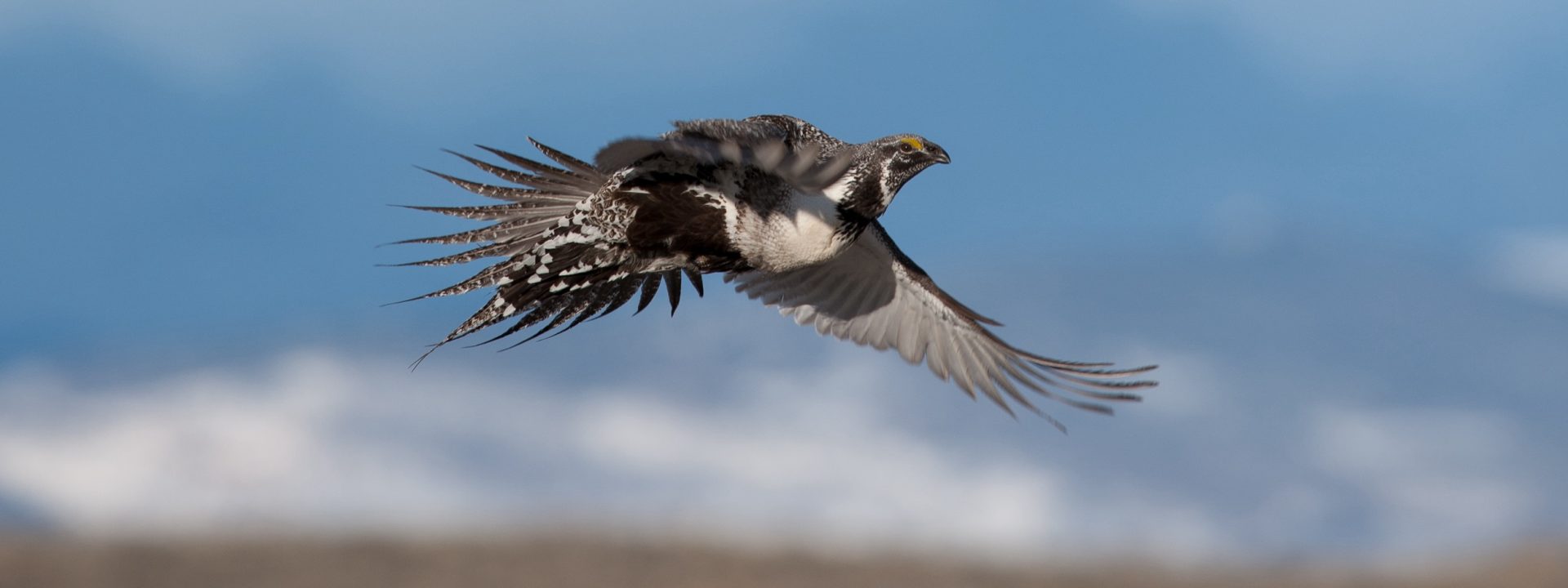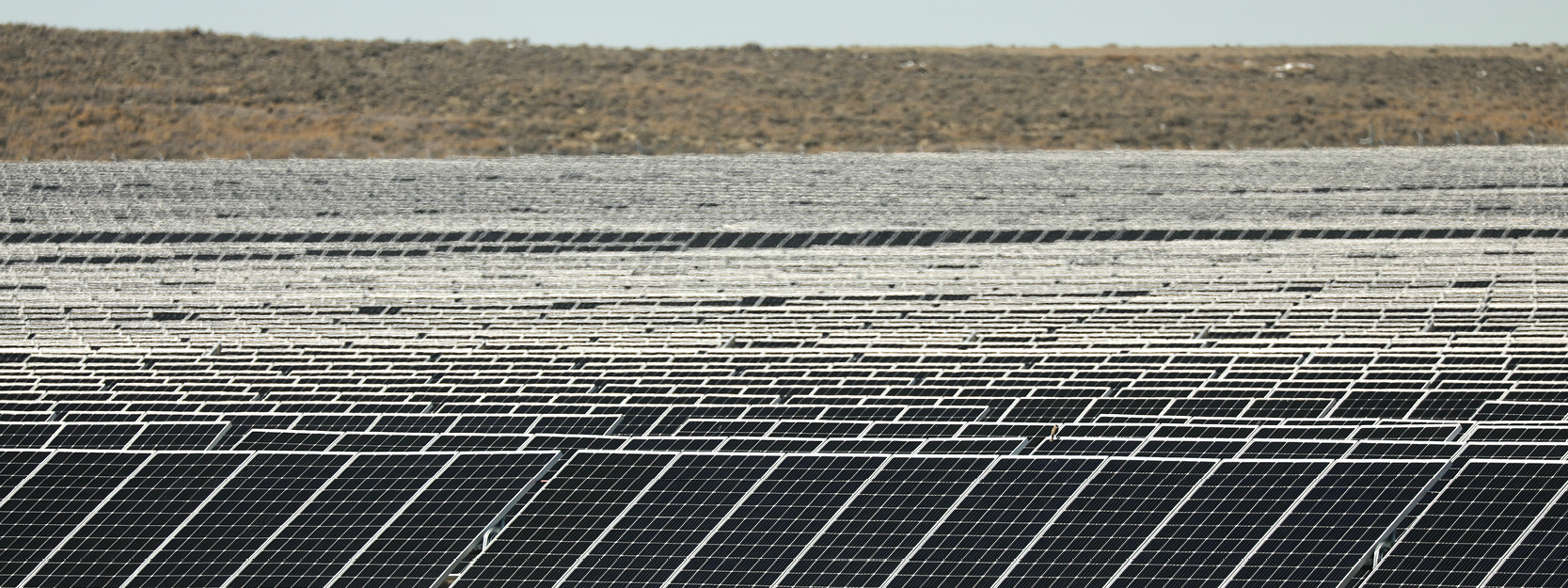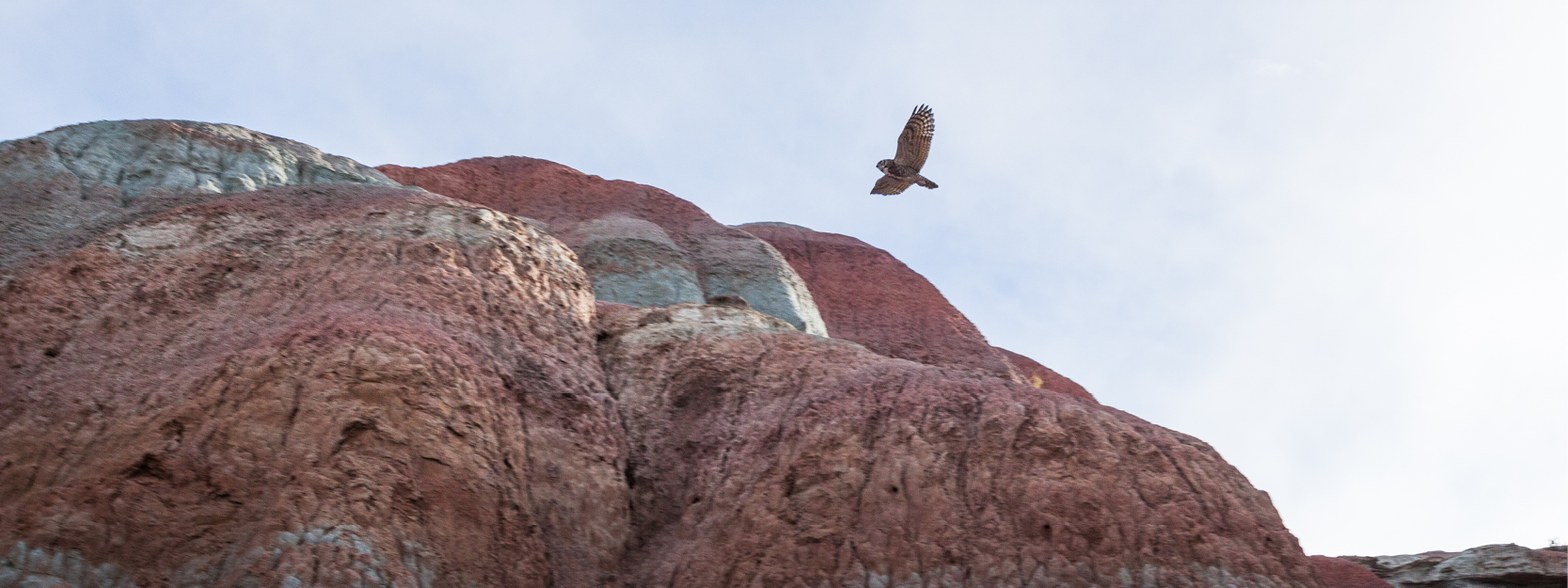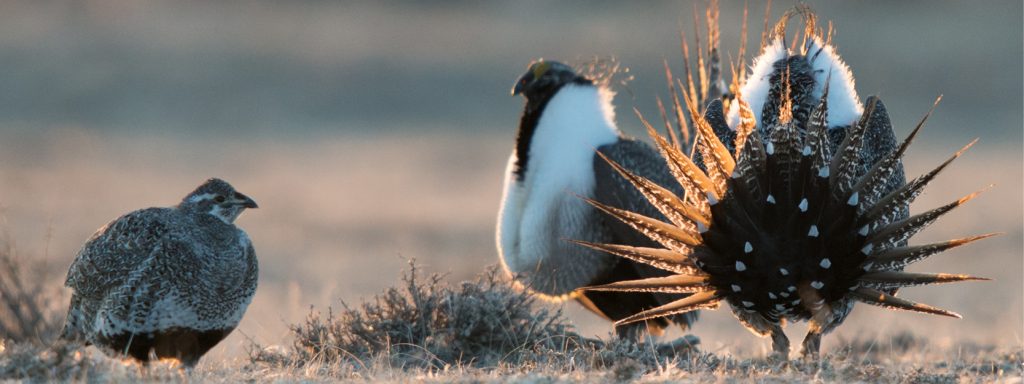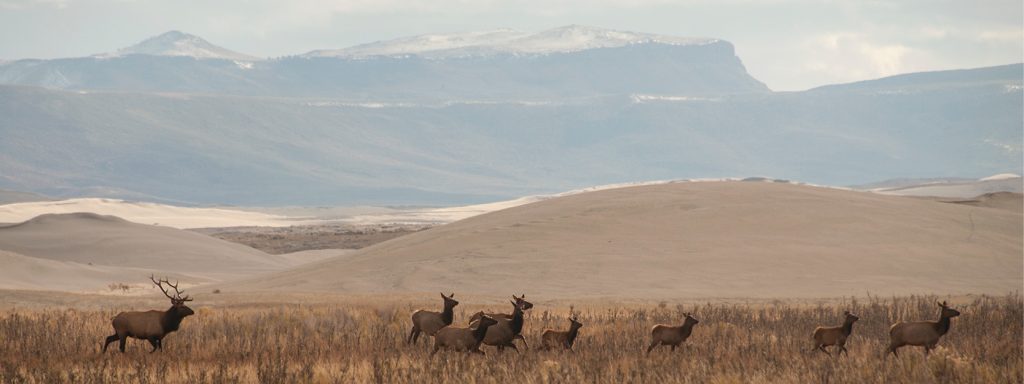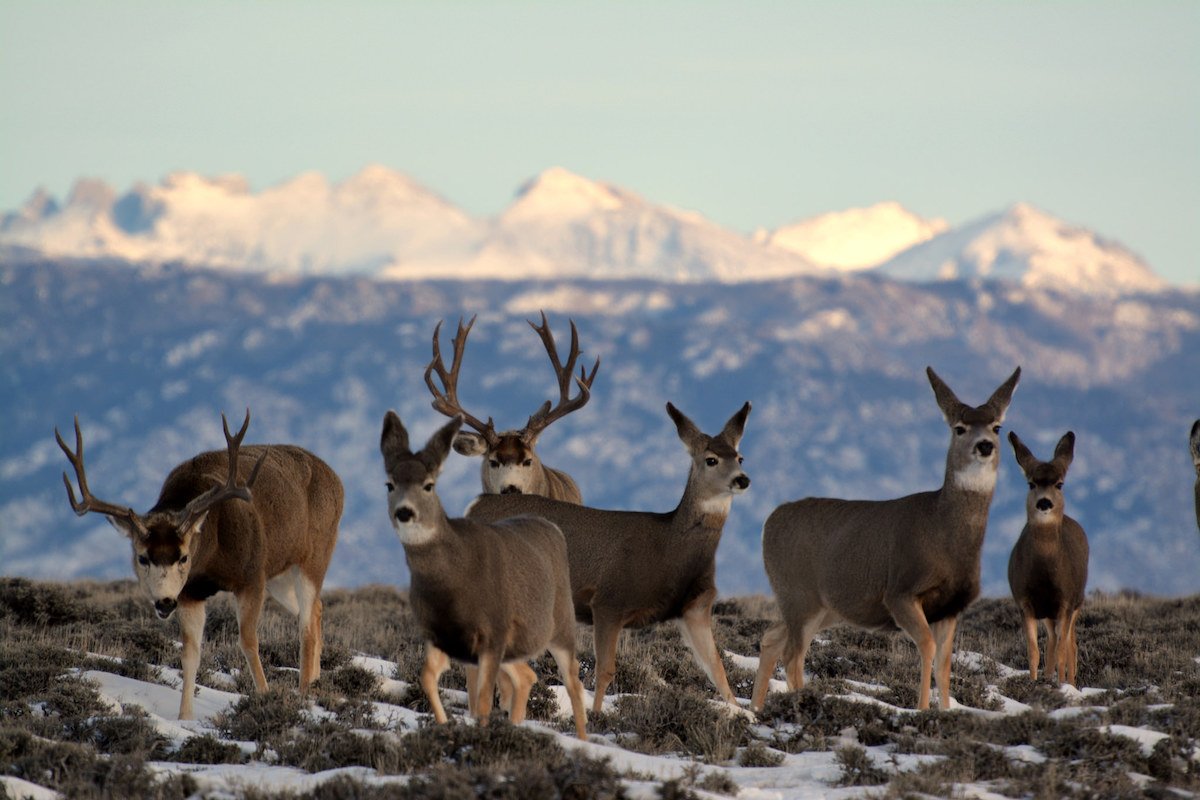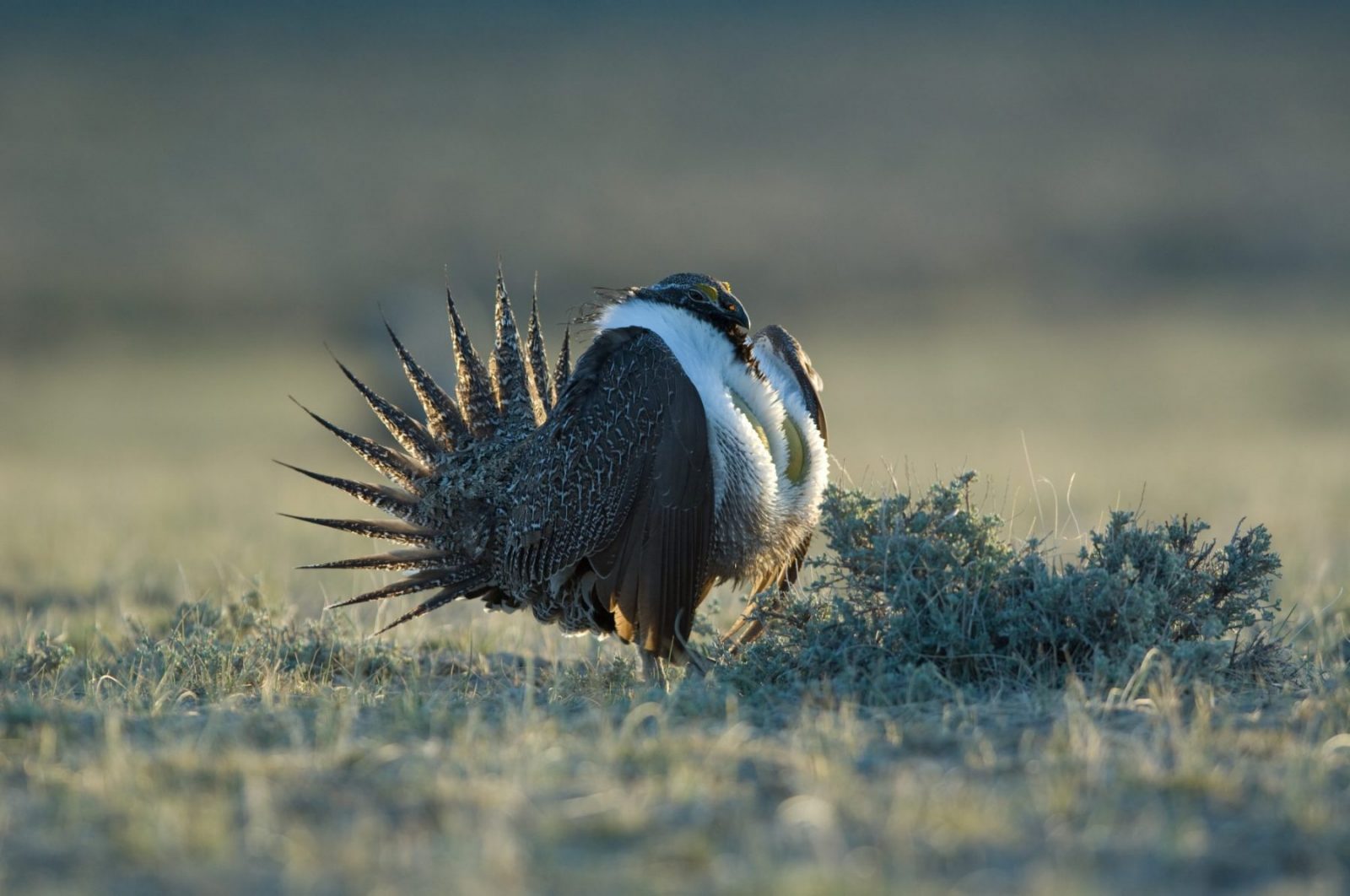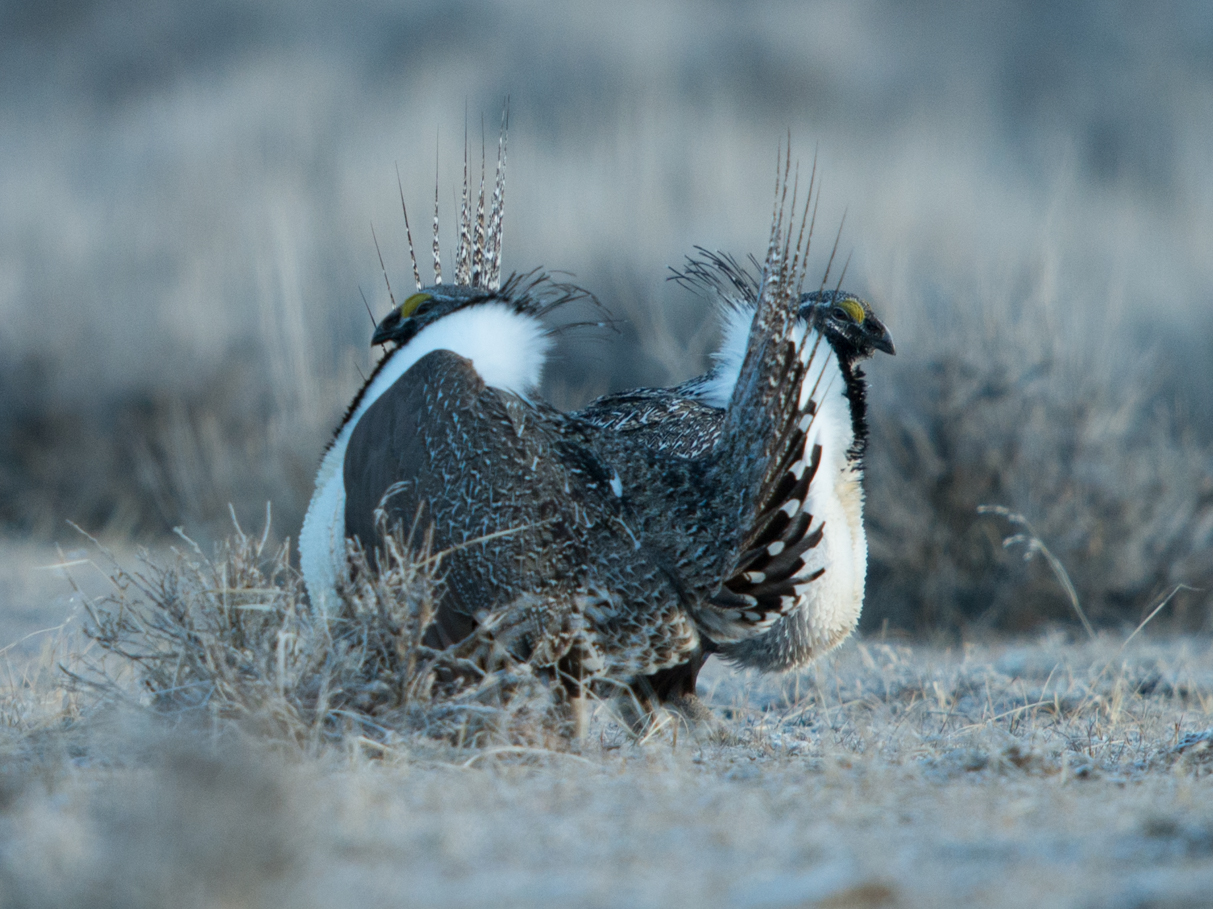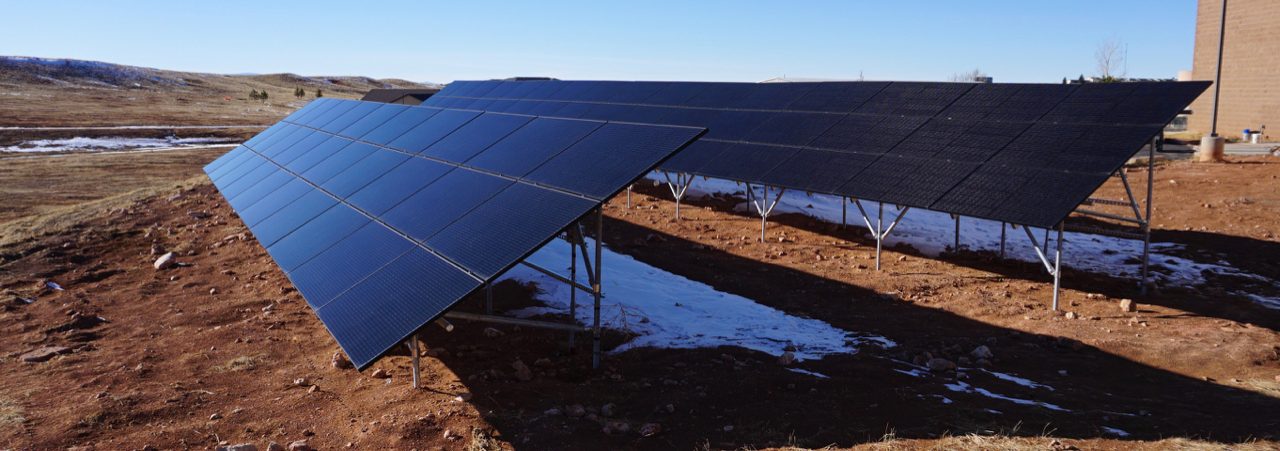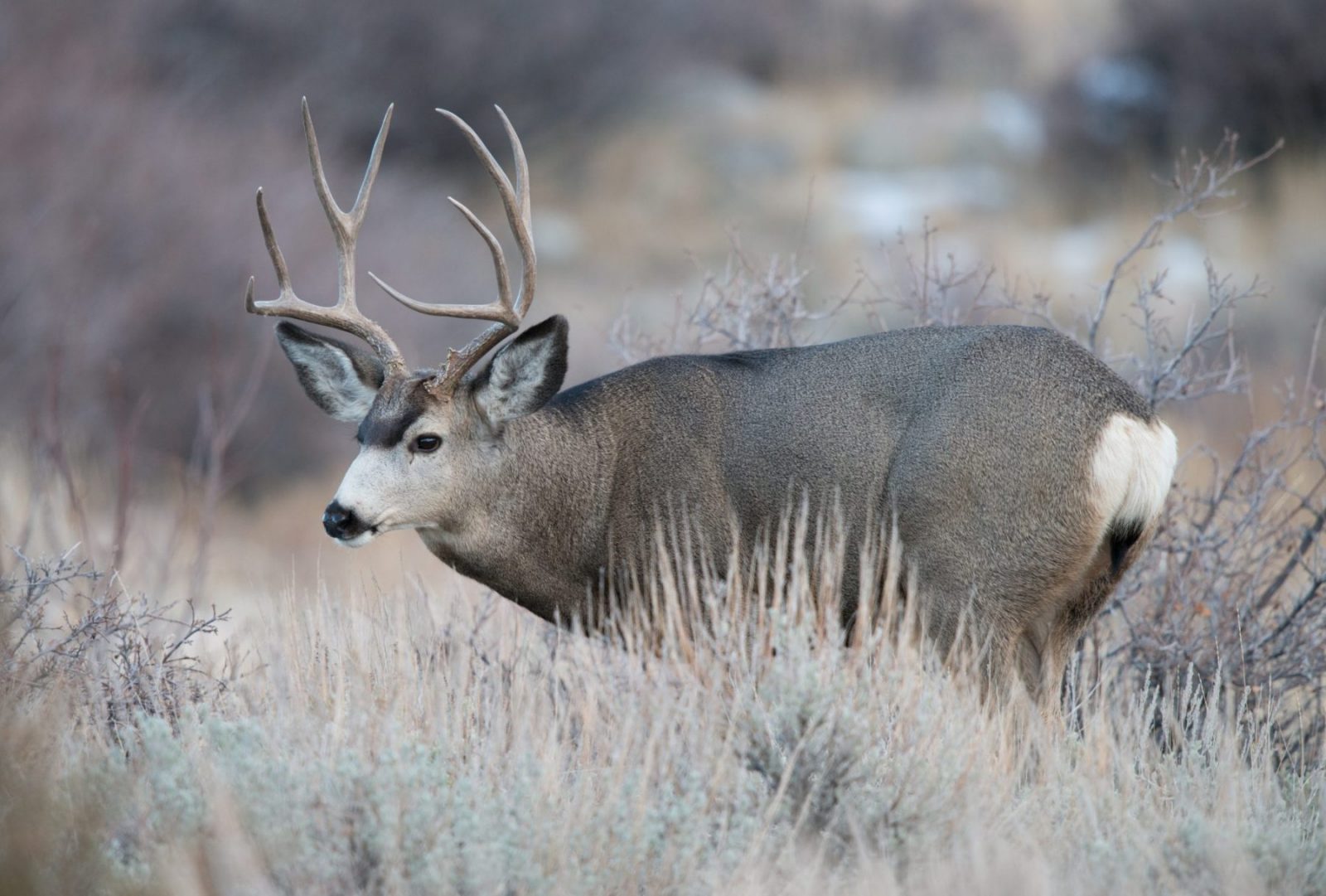This opinion piece was originally published in the Casper Star Tribune on May 8, 2024 and is republished here with permission. See the original op-ed here.
In June 2007 then Wyoming Governor Dave Freudenthal called on the leaders of Wyoming’s industries, non-governmental organizations and government agencies to gather in Casper for his Sage Grouse Summit. It was an event he hosted and moderated on the stage at Krampert Theatre at Casper College flanked by Directors of BLM Wyoming, Wyoming Game and Fish Department, and the Wyoming Wildlife and Natural Resource Trust.
Freudenthal didn’t mince words, “The scientific picture is clear,” he said. “We need to roll up our sleeves and develop a plan to protect and restore core sage grouse habitat. We have a narrow window of opportunity to protect the grouse and prevent it from being listed as an endangered species,”
These words catalyzed policy-making efforts in Wyoming, often mirrored in other states, which were then largely incorporated into rangewide plans approved by the BLM and USFS in 2015. Cumulatively these plans provided the U.S. Fish and Wildlife Service with the basis to determine the Greater Sage-Grouse was not warranted for listing under the Endangered Species Act. Unfortunately, the plans developed in 2015 were never fully implemented.
After a 33-year career with the Wyoming Game and Fish Department, the last 15 years of which were as the state’s sage-grouse coordinator, I learned that this is about much more than just a bird. The problems associated with a breakdown in the health of sagebrush country resulting from massive wildfires, invasive plants like cheatgrass, woody species expansion, and human infrastructure and disturbance impacts all of us, here in Wyoming and across the West. These lands underpin the economies of our rural communities.

Using satellite imagery we’ve recently learned that we’re losing 1.3 million acres of functioning sagebrush habitat every year. And because the bird depends on healthy sagebrush habitat, the rangewide population of sage-grouse has declined 80 percent since 1965 and half of that decline has happened since 2002. Many of Wyoming’s populations have suffered less than those in some other states thanks to our soils and climate being better suited to growing sagebrush than other plants. And there have been short-term increases in some populations over the last two years thanks to less drought. But over the long-term all populations have declined in spite of the massive and well-intended efforts undertaken to prevent the need to list the species as threatened or endangered.
So, almost two decades after Governor Freudenthal convened stakeholders in Casper, the window to ensure a future for the bird is even narrower. But we have now an opportunity to course correct and realize a healthier future for this ecosystem. The BLM, which oversees 69 million acres of sage-grouse habitat across 10 states, and 18 million acres of land in the Cowboy State, is currently updating the prior plans using new science and input from its partners.
As I review the plan and discuss the issues with former colleagues I’ve come to the conclusion that it is now imperative that all of our collaborative conservation efforts shift from a sage-grouse focus to a sagebrush biome focus in order to more effectively address the threats facing not only sage-grouse but the entire ecosystem and those species, including human users, reliant on it. I implore the BLM to better incorporate this concept into their decision document.
Paramount to any plan must be a commitment to transparency and collaboration in managing the sage-grouse habitat. Open data sharing across administrative boundaries is essential in fostering an inclusive environment where scientists, policy makers, and the public can access and contribute to the ecological data that guide management decisions. This approach not only enhances the trust and cooperation among stakeholders but also strengthens the scientific basis for those decisions and provides defensible evidence of the successes and failures of management actions. With sound data incorporated into adaptive management tools like the Targeted Annual Warning System outlined in the draft plan, managers can quickly respond to threats such as habitat degradation or sudden population declines.
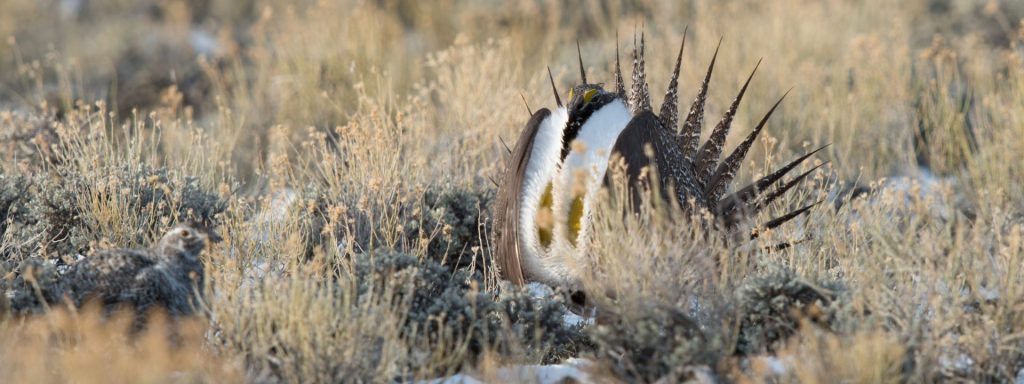
Finally, there are some relatively intact landscapes that rise above others in terms of their value to sage-grouse and associated species. I support efforts to secure the most effective protections for these “best of the best” areas which are resistant to impacts like invasive species and resilient in their ability to return to good habitat after an impact such as wildfire. They are the cornerstones upon which the survival of the sage-grouse depends. Irreplaceable places, such as the Golden Triangle in western Wyoming, have such high biological value that these should have the highest level of protections.
The current proposal by the BLM to update its sage-grouse management plans is an important step forward. By focusing on strategic habitat management, implementing open data practices and advanced adaptive management tools, we can forge a sustainable path for the sage-grouse. This approach will not only benefit the bird but also the myriad other species and human communities that rely on a healthy sagebrush ecosystem. It’s a chance to reaffirm our commitment to conserving a vital part of our natural heritage thereby ensuring that we hand these natural resources in good condition to future generations.
Have questions about the BLM’s updated sage-grouse management plans? Send us an email or write a comment below.
Images: © Scott Copeland Images

